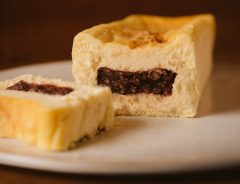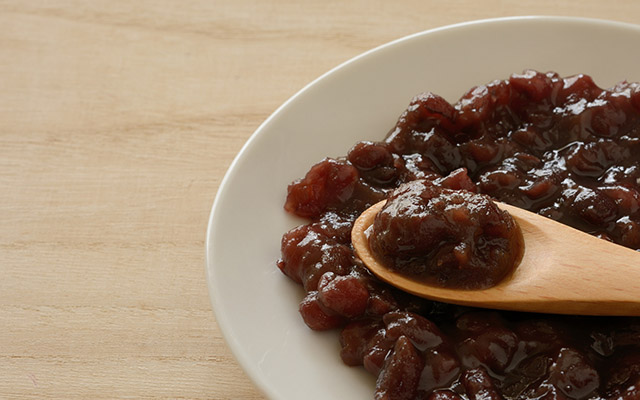Related Article
-

How do we live in VR? Groundbreaking “Social VR Lifestyle Survey 2021” report provides insights
-

Anko filled cheesecake fuses a Japanese favorite with a classic Western dessert
-

‘Does your cat watch TV?’ Survey investigates to find out what TV shows cats like best
-

What Japanese Women Really Think About Male Body Hair
-

Survey finds that 65% of Japanese now spend their weekends at home
-

Annual surveys show how domestic Japanese life has changed during the pandemic



On the internet, you'll often find people debating over their preferences in different varieties of foods. In Japan, for example, a famous one is the debate over きのこの山 Kinoko No Yama and たけのこの里 Takenoko No Sato, two chocolate-coated cookie snacks, one in the shape of a mushroom and the other in the shape of a bamboo shoot. You can see both of them on the official Meiji Co., Ltd. website here.
But there's a Japanese food debate with far deeper roots than that, and it has to do with 餡子 anko, the sweet paste which, in its most standard form, is made from azuki red beans. As lovers of wagashi (traditional Japanese sweets) surely know, anko is ubiquitous, appearing in everything from dorayaki stuffed pancakes, daifuku mochi cakes, manjū cakes, anman steamed buns, taiyaki fish-shaped cakes and more, not to mention seasonal desserts like anmitsu in summer and sweet oshiruko (AKA zenzai) soup with mochi in winter.
The "fine vs. chunky" debate
Although there are other varieties as well, anko red bean paste can be divided into two main categories: Fine paste passed through a sieve to remove skins, known as koshian (漉し餡, also written 漉しあん, こし餡 or こしあん) and chunky paste made with whole red beans boiled with sugar but otherwise left untreated, known as tsubu-an (粒餡, also written つぶ餡, 粒あん or つぶあん).
Twitter user Gin-Lime conducted a survey which, much to their surprise, went viral and ended up getting over a quarter-million (274,332) participants in a one-week period. With such a large sample, you could say it's a good representative of young to middle-aged Japanese people (the majority demographic for Japanese Twitter users) at the time.
The choices in the survey were as follows:
People who can't eat red bean paste to begin with were excluded from the survey, as were people who like both so much they can't choose between the two, as well as people who feel that their preference depends on what food item the red bean paste is featured in.
Fine or chunky? Different opinions
Here are some of the opinions of people who responded to the survey and left comments as well, on both sides of the debate:
Koshi-an
* A wagashi produced in the area central to Ise City in Mie Prefecture and made with koshi-an coated around soft, yet firm mochi.
Akafuku
Tsubu-an
*A rectangular wagashi composed of red bean paste coated in a very thin layer of wheat flour batter).
Kintsuba
And the winner is...
Totals
As you can see, aficionados of smoothly crushed red bean paste had a crushing victory over their chunky bean counterparts, by a margin of more than double!
Some tsubu-an voters were surprised by the results, leaving comments such as: "I asked around, and all of my friends fell into the tsubu-an camp..." and "I'm shocked by how poorly tsubu-an fared..."
Incidentally, the result of this poll isn't about "which is tastier," but rather "which type of anko do most people prefer," so there is no need to lament if you're a tsubu-an fan.
As we explained earlier, the poll excluded those who thought their choice depended on the type of food it was featured in, but they explained their position in comments once the poll was completed. For example, one comment was: "I prefer koshi-an for anpan, but tsubu-an for spreading on Ogura toast (red bean jam on toast, a famous breakfast food in Nagoya and other parts of Aichi Prefecture)."
Anpan
So, where do you draw the line between chunky and fine?